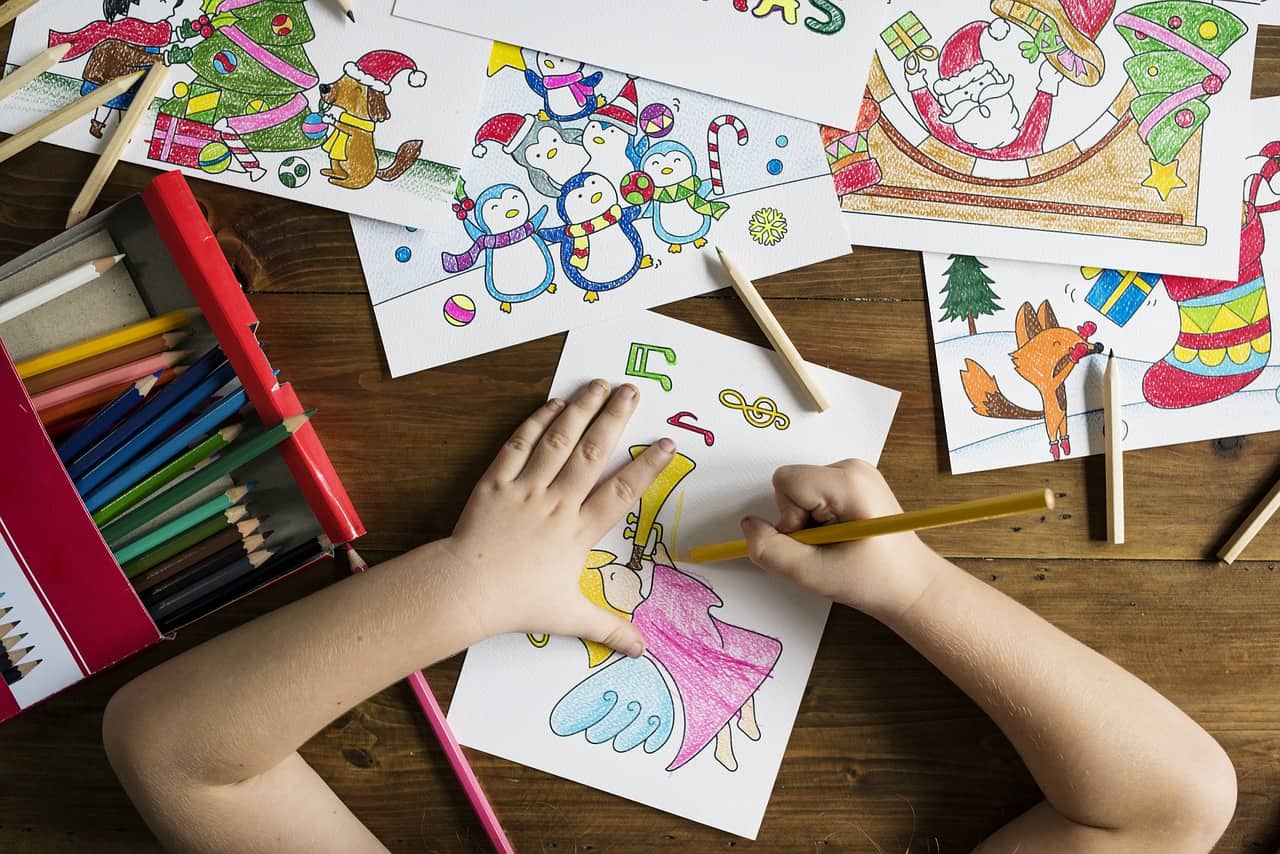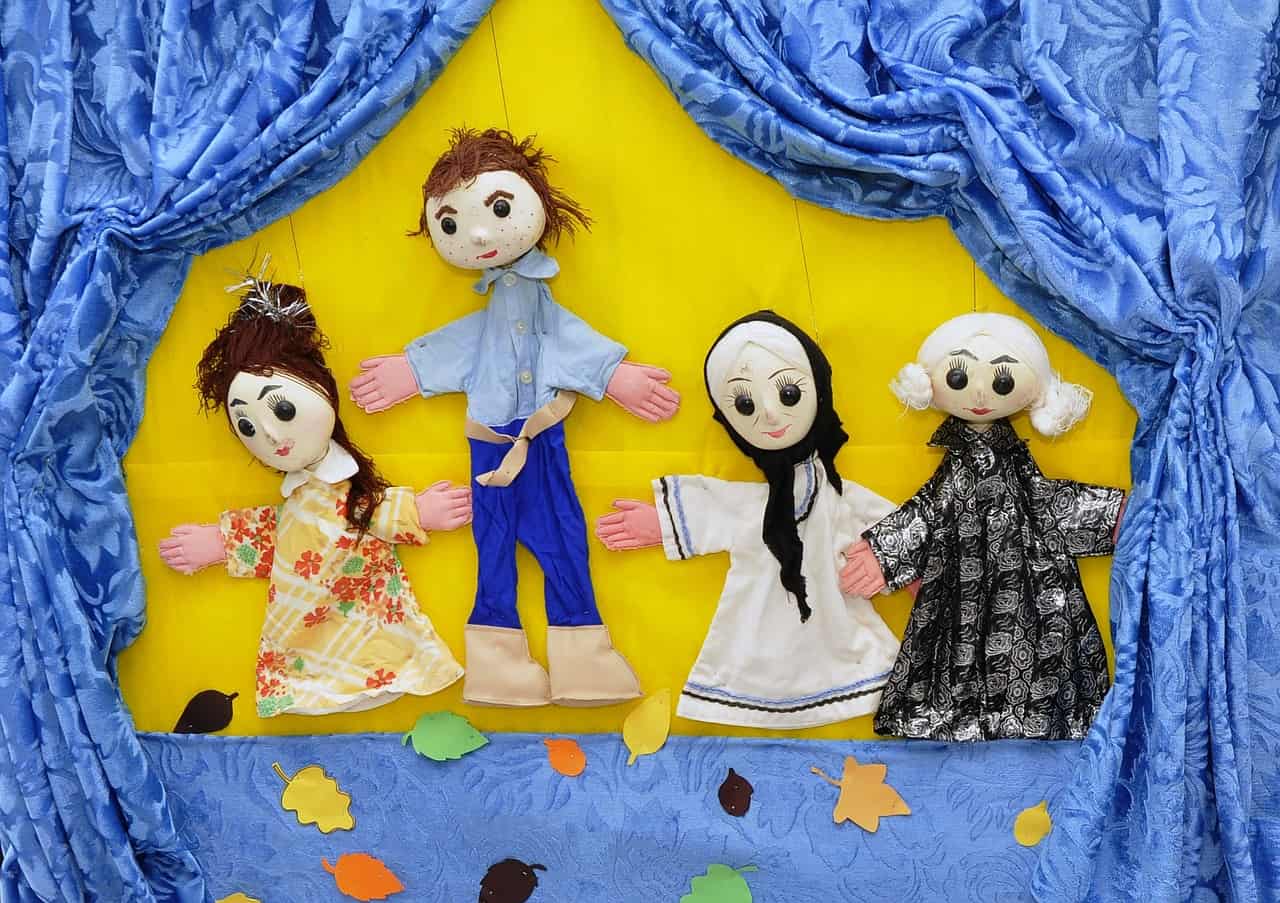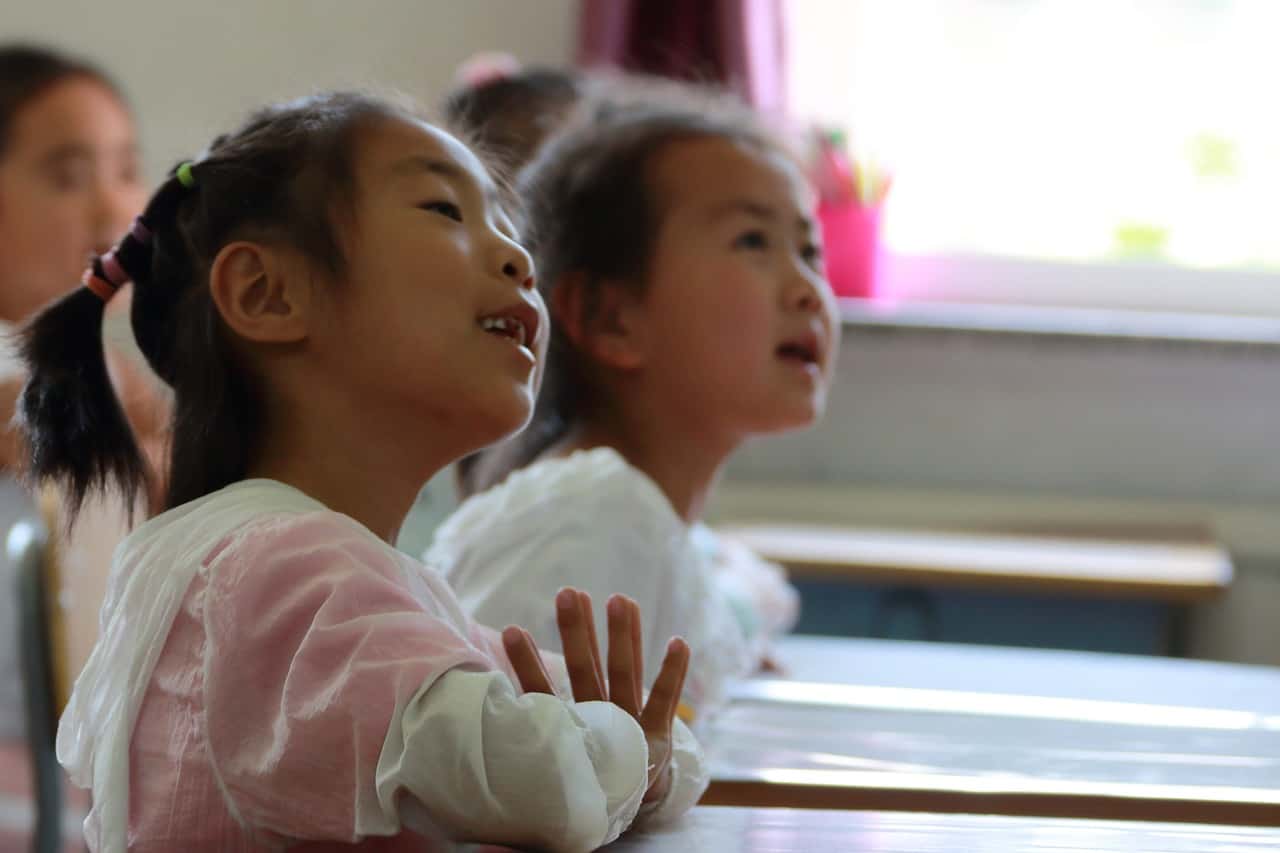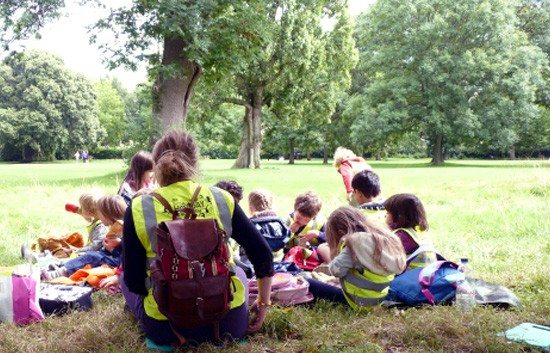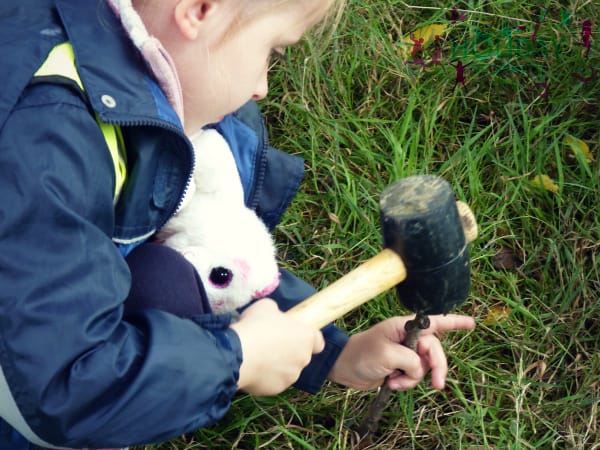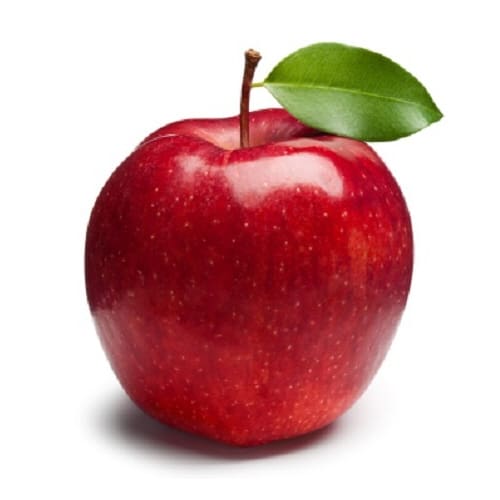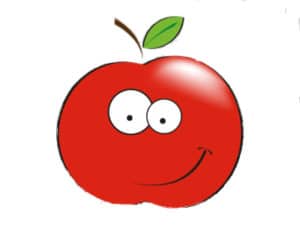
Here are some help tips on how to improve your parenting skills
1. Show kids you are never too old to be playful
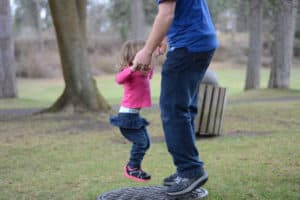
Who says you have to go to the gym to get in shape when you can play with your children! Play time doesn’t just have to be for kids, instead they can see how their own parents can run around, ‘rough-house’ and have some fun; something they may never forget.
Parents can come together to play with their children doing great indoor and outdoor activities which is all about getting the heart pumping for the right reasons, strengthening bonds and just simply de-stress.
2. Improving Parenting Skills through Spending quality time
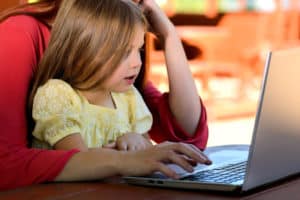
When it comes to the high cost of living, so many parents have to work full time which can lead to spending that quality time becoming a bit of a challenge. It may not be easy at first but taking time out to spend quality time with one’s own children can yield huge rewards for parents. Even 10 mins undivided attention for each child an evening really helps to reconnect, and you will see a big improvement in co-operation!
3. Being watchful
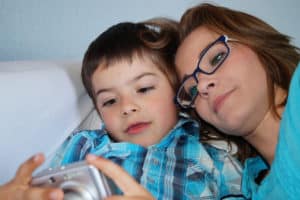
In the modern age, with things like TV, computers and iPhones, it leads to a huge challenge to parents to make sure their children are not subjected to things that will make them grow up too fast.If a child has a computer in the bedroom that has access to the internet, it is vital that parents teach their children what is appropriate for their age and completely inappropriate to browse online.
Children also need to be warned about online predators and the importance of reporting any suspicious behavior immediately.What children watch on TV also has to be monitored, ensuring children stick to the watershed. Setting a timer and sticking to that rule can help, but it takes work if a child already has experienced a free rein.Most children now have iPhones that can expose them to many dangers that parents have to be very watchful about.
Parents can do things like check their child’s phone messages but this can be a tricky thing to do to avoid making children feel that their privacy is being invaded which can lead to them deleting their messages. It’s a sensitive challenge for parents to be watchful.Older children, of course, want to have their own space.
It means that being watchful may also involve having to be very diplomatic, but boundaries have to be set. Sometimes it’s easier to keep a child busy in other ways and wean them off slowly like that. Phones and devices charging in the kitchen overnight could be another way. And, of course, role modelling no phones at meal times, or when you’re having 1:1 time! Not easy when you’re super busy, but worth it!
Video games: Research has shown that violent video games can have a detrimental effect on children’s behaviour and mental health, and watching even Barbie and access to YouTube at too young an age can over-sexualise a child
4. Leading by good example
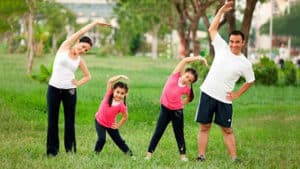
Children have a great capacity to watch and learn as they figure out what the world is all about. Leading by good example enables children to see for themselves why it is a good idea to do the right thing.
5. Be understanding
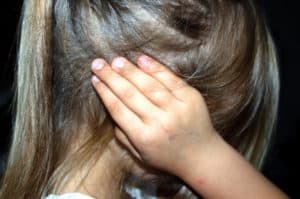
It can be so easy to forget how it was to be a child, when a mountain can be made out of a molehill. The mind of a child is an ever growing thing that can lead to huge emotional responses. Being understanding and even a shoulder to cry on can help support your child through the different stages of childhood and create a stronger bond between parent and child.
6. Be a friend and a mentor
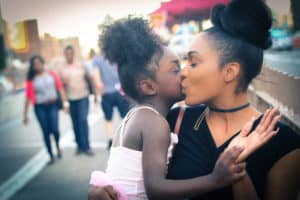
Parents are like a child’s universe and can have such a huge impact on their children’s lives. Having the strategy to be a friend and mentor is a strategy that’s worth working on, since friendship can put a happy light in a child’s eye, even at the very thought of their parents and the light can remain throughout their adult life, when their memories are filled with how much fun they had having their parents as friends.
7. Something to look forward to

Children have such a huge capacity to have fun, even out of the smallest things. This gives parents an opportunity to make the most of it by giving their children things to look forward to like Festive events, birthdays and outdoor adventures. My own parents did the Santa Claus thing so well and I always so looked forward to receiving the presents. It was such a big deal in our house. I grew out of believing as I grew older but I really appreciated the effort my Mother made
8. It’s not what you say it’s how you say it

Parenting a child is a huge responsibility that isn’t just based upon providing for a child. Parenting to bring out the best in one’s children may require stopping to check how children are spoken to in order to achieve the most favourable response even if a child has done something wrong and needs to be reprimanded.The question is, do you want to vent your anger at the child or make the child understand what he/she did wrong and have a need to never want to do it again?
Because children are a part of their parents it may be easy to just be oneself and speak to a child in any way one sees fit, but how children are spoken to can have a huge impact on how they think, feel and treat other people.
9. Have the right demeanour
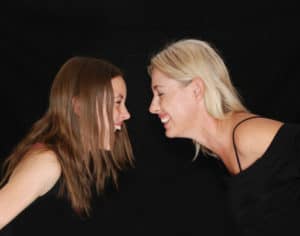
Children can be very receptive to their parent’s emotions and sometimes the stresses of life can have a negative effect on a parent’s demeanour! A child may want to play and have fun which may be the last thing a parent feels like doing. A grumpy demeanor can give children the impression they are not loved. Sometimes parents have to put on that HAPPY FACE for their children’s sake to help a child feel like a child. Once you try – it gets easier.
10. What were your parent’s like
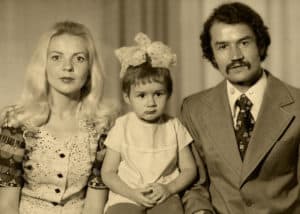
Think about your own parent’s parental skills and write down the pros and cons! (Sometimes a difficult thing to consider!!) History can have a habit of repeating itself whether it’s good or bad. The things that our own parents may have done to rub you up the wrong way as children sometimes have a habit of resurfacing in one’s own parenting skills…. Good luck with this!
